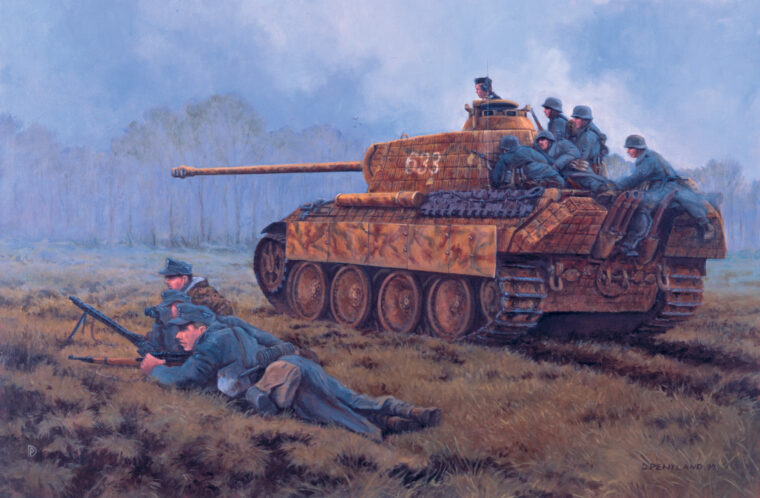
spear
Waffen SS General Felix Steiner’s WWII Legacy
By Pat McTaggart“Where is Steiner?” Adolf Hitler demanded as his Thousand Year Reich crumbled around him in April 1945. “Is he attacking yet?” Read more

spear
“Where is Steiner?” Adolf Hitler demanded as his Thousand Year Reich crumbled around him in April 1945. “Is he attacking yet?” Read more
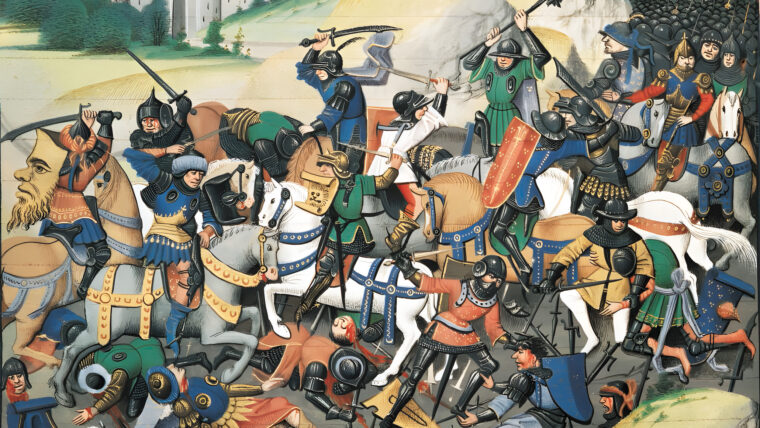
spear
Shortly before dawn on June 3, 1098, Bohemund of Taranto, one of the leaders of the First Crusade and the survivor of many campaigns, stood in the shadow of the Tower of the Two Sisters, one of the strongest points in the defenses of the ancient city of Antioch. Read more
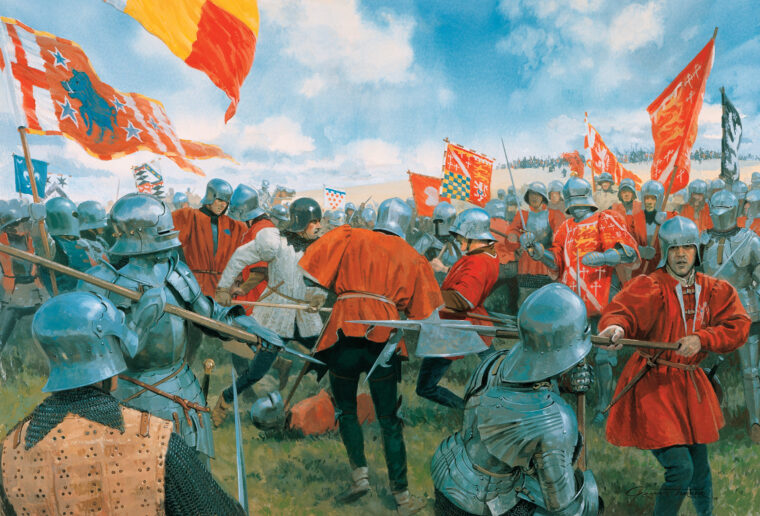
spear
The men of Bridport on the coast of southwestern England kept extra weapons on hand to deal with the raids endemic during the Hundred Years War that preceded the Wars of the Roses. Read more
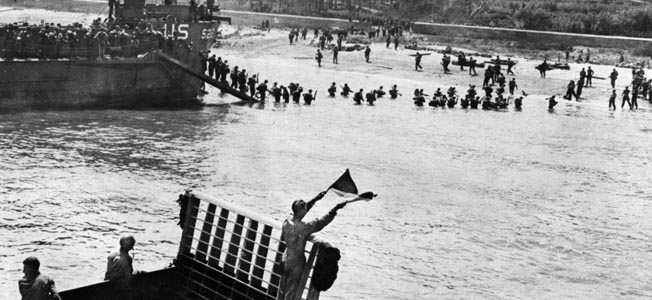
spear
Early in 1944, German Field Marshal Erwin Rommel, the defeated hero of North Africa and now head of Army Group B in France, was tasked with strengthening the Atlantic Wall defenses against Allied invasion. Read more
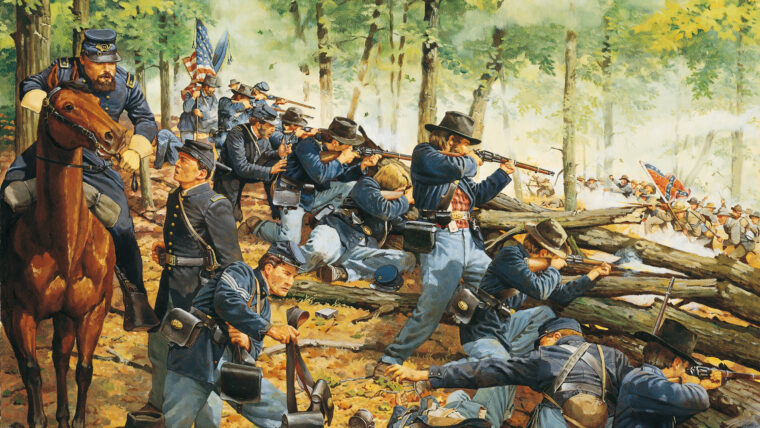
spear
It was nearly 11 on the morning of September 20, 1863, and the woods around slow-moving Chickamauga Creek in northwest Georgia were ominously quiet. Read more
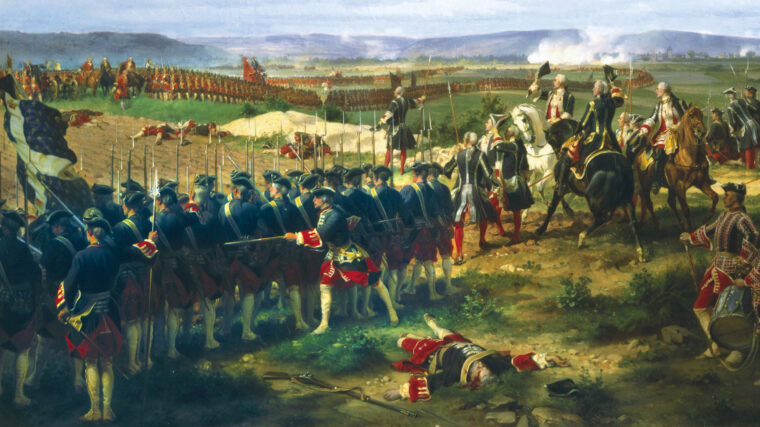
spear
Pikes and most similar pole weapons disappeared from European armies by the early 1700s. After all, bayonets let each man convert his flintlock into a pike that fired bullets. Read more
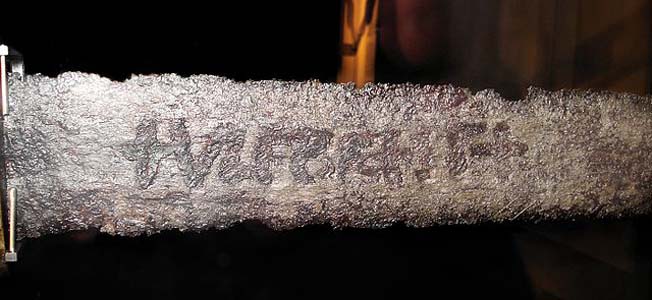
spear
It can indeed be rather difficult to understand the differences between Anglo-Saxon thegns and the Norse Viking warriors. Read more
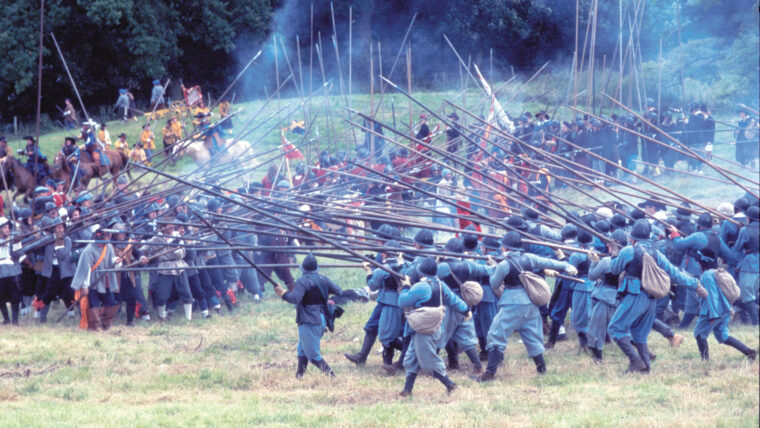
spear
Although formal training in the use of the pike—an ash-handled spear 18 to 20 feet long—did not begin until the 15th century, ancient Greeks and Romans used so-called “long spears” as standard infantry issue against cavalry. Read more
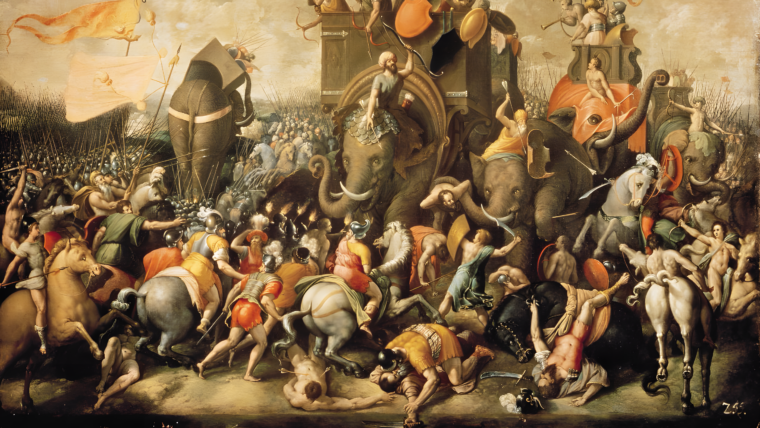
spear
The Carthaginian hero Hannibal Barca has long been considered to have possessed one of history’s greatest military minds. Read more
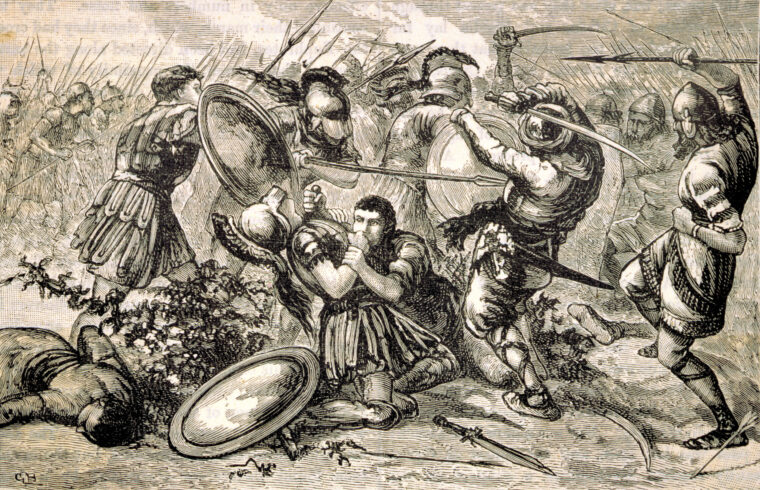
spear
The Greek hoplite of 401 bc was the most formidable fighting soldier of his day. Every soldier was protected by his panoply, which consisted of his shield, helmet, sword, spear, and greaves (leg guards). Read more
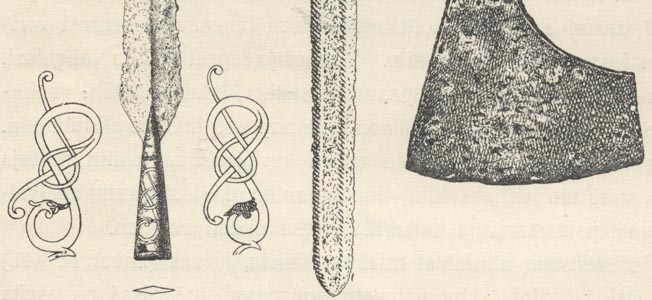
spear
The fearsome Vikings who pillaged and colonized throughout Western Europe and much of the known world from the Eighth to the 11th centuries were armed with weaponry that served them well in combat. Read more
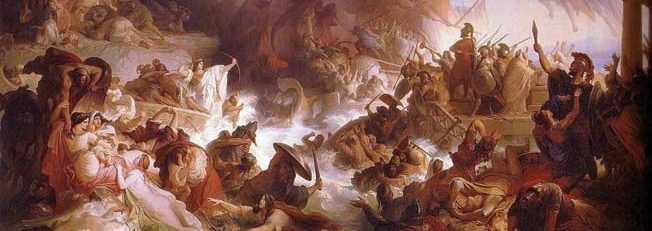
spear
In the summer of BC 481, a delegation from Athens arrived at Delphi in central Greece to consult with the oracle of Apollo. Read more
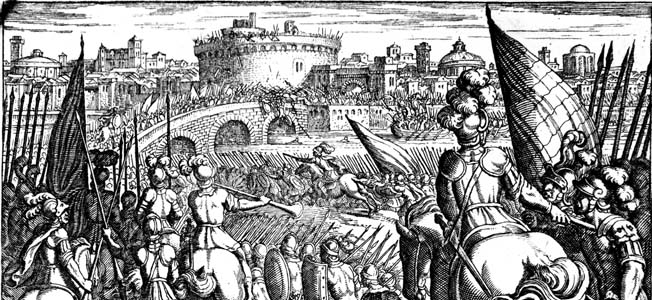
spear
The Celts, like all other Indo-European peoples, originated on the steppes of Eurasia, from whence they drifted into central Europe. Read more
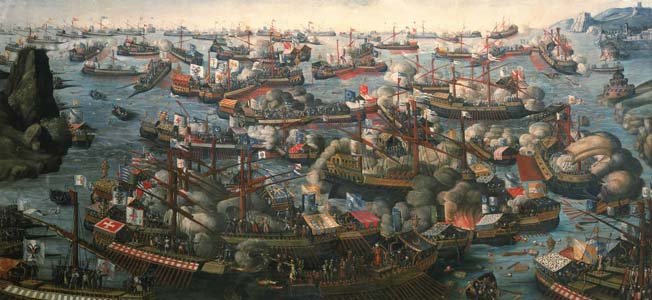
spear
The Muslims at the Battle of Lepanto still wore turbans and headdresses, along with the occasional steel cap with their usual kilij sabre and flowing robes. Read more
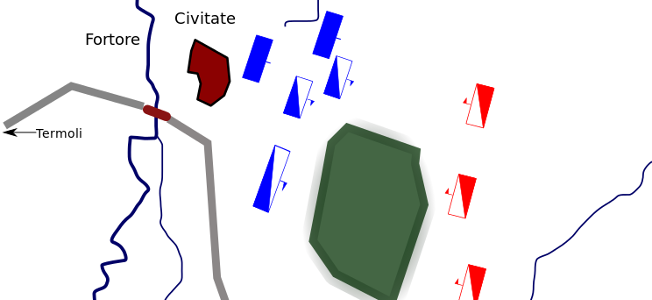
spear
It is true that the Normans were greatly outnumbered at the Battle of Civitate, likely by as much as two to one or more. Read more